7 Easy Interior Design Tips for Small Spaces

Do you have a small home or maybe a small room or two that you'd like to make feel larger? Or maybe, you just want to make the space you do have feel more expansive.
If so, today we're going to talk about seven strategies geared toward interior design for small that make your rooms feel more spacious than they actually are.
1. Remove visual clutter
The first item on our list of small space interior design strategies is to remove visual clutter. These are all the things that clutter our horizontal and vertical surfaces.
Horizontal surfaces can become catch-all areas, and vertical surfaces can contribute to visual clutter if they’re overcrowded.
For horizontal surfaces, create a landing space wherever you normally enter your home, and place your items on hooks or in drawers, baskets, or bowls.
For vertical surfaces, if you're using open shelving, combine it with some closed storage to store items you want to keep out of sight and edit what's on display, so that it doesn't overwhelm the space.
2. Show more floor
Our second strategy for interior design to make a room look bigger is to show more floor. The more floor you see, the bigger the space will look.
Allow for circulation space. When furniture and accessories block the way into and around a room, it will look cramped, so keep walkways clear.
Ideally, they should be between 30 and 36 inches or about 73 to 92 centimeters wide.
If you have hard flooring and want to add an area rug, choose one large enough to fill the room almost entirely, ideally in a color close to the color of your floor.
For furniture, assess your needs and only bring in pieces that you'll actually use and opt for fewer and larger pieces.
Choose furniture with less visual weight, like seating on raised legs, armless chairs, open tables, and low-arm sofas that will open up the room and enhance the sense of space.
You can also float nightstands and vanities for a more open look in bedrooms and bathrooms.
Using materials that you can see through will make anything beyond it appear further away. These materials open up a space by eliminating visual weight and exposing the floor.
3. Create cohesion
Number three is to create cohesion. Cohesion is all about creating flow throughout your home. Using the same flooring from room to room avoids breaking up the space visually and ties all your spaces together, making them appear larger.
Forgo accent walls and keep the wall color and even the trim the same. Painting the wall and trim the same color tricks the eye because there's no demarcation point between the wall and trim, making the space seem larger.
You can even paint your ceiling the same color as your walls. This will draw the eye up, which creates the illusion of a larger room and higher ceilings.
Furniture pieces that are similar to the wall color creates less contrast and tend to blend with the space, giving the illusion of a bigger room.
Select solid colored upholstery in neutral tones for furniture and bring in texture for interest. And it's best to limit prints to small accents like throw pillows.
4. Use a neutral color palette
The fourth strategy for interior design that makes a small space look bigger is to use a neutral color palette. Neutral colors are a great way to open up a space and make it feel more spacious because of the lack of strong contrast.
But, should you go light or dark? Well, the answer is, it depends.
Light and cool colors will give an open airy feel. Light warm colors can also help achieve this effect, but deeper warm colors advance, making the walls and other items appear closer.
Dark cool colors recede, making the walls look further away than they really are, and make the room feel larger by blurring the edges of the space. But dark colors create a moodier and more dramatic look.
You'll want to make sure that the space gets plenty of natural light during the day and that you have enough light fixtures for the evening, so that you don't feel like you're in a cave.
5. Consider natural and artificial lighting
Our next strategy, and number five on the list, is to consider natural and artificial lighting. Any room will look more spacious if it's well lit.
If you need to use the window treatments during the day, sheer fabrics are great because they allow light to pass through.
But if you like more substantial drapery, keep the fabric light in weight and the same color or just slightly darker than your wall color.
For evening, add lamps placed around the space to illuminate the walls and any dark corners and make the room feel more expansive.
6. Use mirrors
Number six is to use mirrors. Mirrors are a great way to reflect light and create the illusion of more space.
Place a large framed mirror on or against the wall that is across from or nearest to a window. The room and light will be reflected, resulting in a more open feeling.
Another strategy is to place a mirror opposite the room's focal point to create the illusion of more depth. You can even use mirrored furniture pieces to help reflect light around the room.
7. Go big
Our seventh and final strategy is to go big. Choose a few large, simple pieces instead of many smaller pieces, which can make a space look cluttered.
Use artwork to create a focal point and place smaller pieces in larger frames.
Small space interior design
So there you have it, seven strategies created to make the most of interior design for small spaces. They’ll help you make both your rooms and your home feel more spacious and inviting.
Let me know in the comments down below if you tried any of these seven strategies and how they worked out for you.

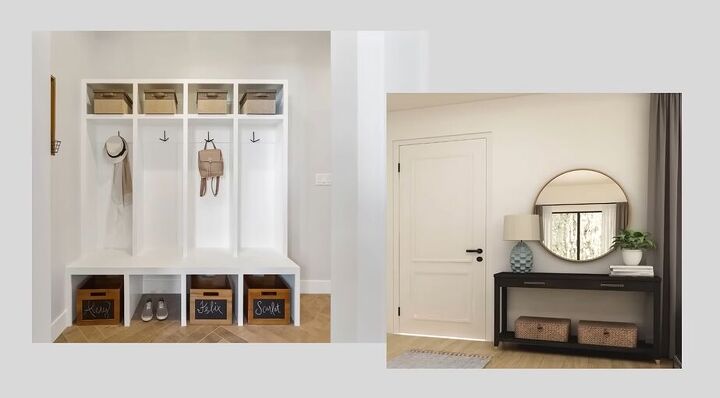
























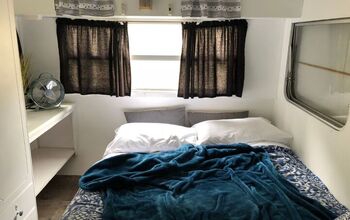
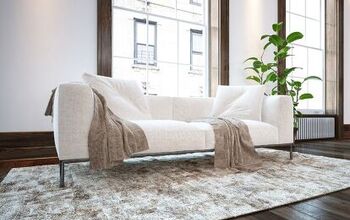

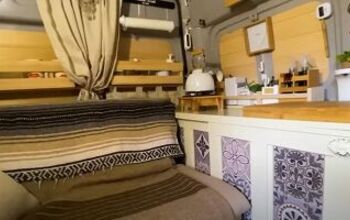


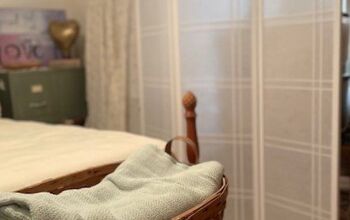







Comments
Join the conversation